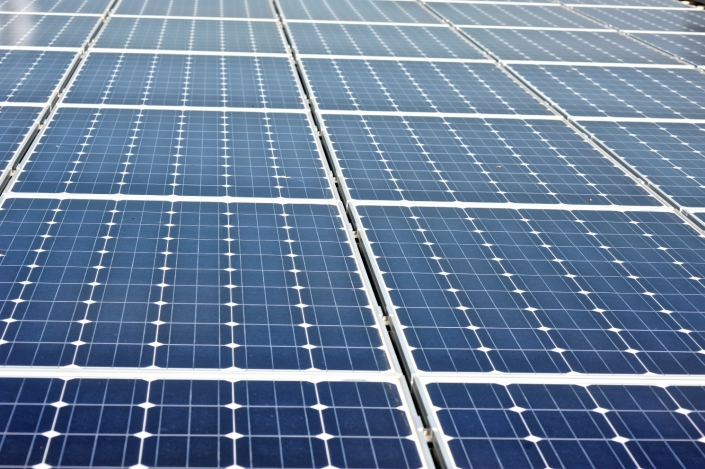
The second quarter of 2017 saw the highest levels of solar generation for that time of year in a three month period which saw increased price volatility due to the strong levels of renewable generation, according to power consultancy firm EnAppSys.
The energy market monitoring firm’s report on the GB electricity market from April to June inclusive found that solar farms generated the third highest levels of generation behind wind and biomass, providing 4.1TWh (an average of 1.9GW).
This was almost a fifth (19%) of the country’s renewable energy generation in this period and was the 10% up from the previous year due to increases in capacity and more favourable weather conditions.
Combined with other forms of generation, renewables provided the second largest share of total generation behind gas and 15 times larger than levels of coal-fired generation across the three month period, which totalled less than 2% of total generation.
However, as explained by Paul Verrill, director at EnAppSys, the improved market penetration of renewables led to increased price volatility.
“Low demand coupled with high levels of renewable generation led to occasions where the system was very well oversupplied and this resulted in frequent negative system prices – the prices at which market operators can buy and sell power from and to the system,” he explained.
This means that generators were charged for the excess power produced over the quarter, rather than being paid, while also paying the costs associated with power generation.
Verrill continued: “At the same time, the quarter also saw a period of low renewable output that resulted in a high system price that exceeded £1,500/MWh. During this period, any plants under delivering against their traded volume would have had to buy any shortfall at these prices and this activity shows the impact of renewables upon price volatility.”
He went to say that while the capacity mechanism may offer some relief by ensuring a level of supply, periods of over-supply are expected to become more frequent until levels of energy storage operating in the market start to absorb these excesses and feed the volumes back into the market.
This suggests that the value of frequency response as a service to the grid will remain high, serving to bring forward large scale storage projects like Centrica’s 49MW project in Roosecote. While this won a recent capacity market contract, a spokesperson confirmed today that its primary function and revenue stream will come from providing frequency regulation to the transmission grid.

